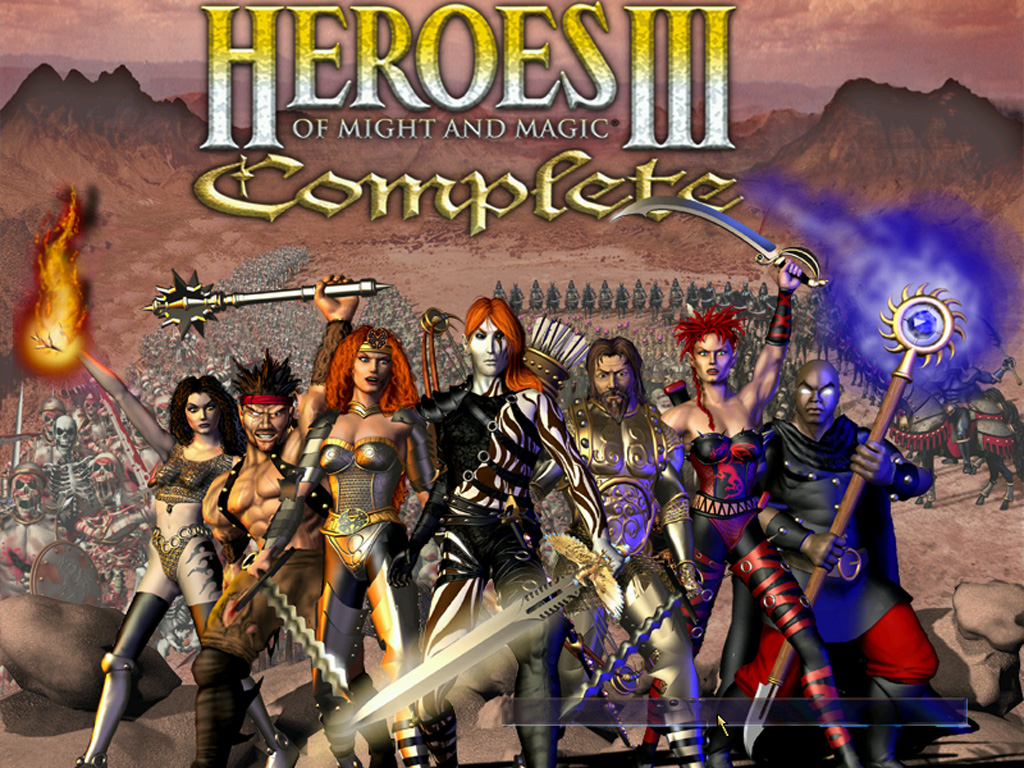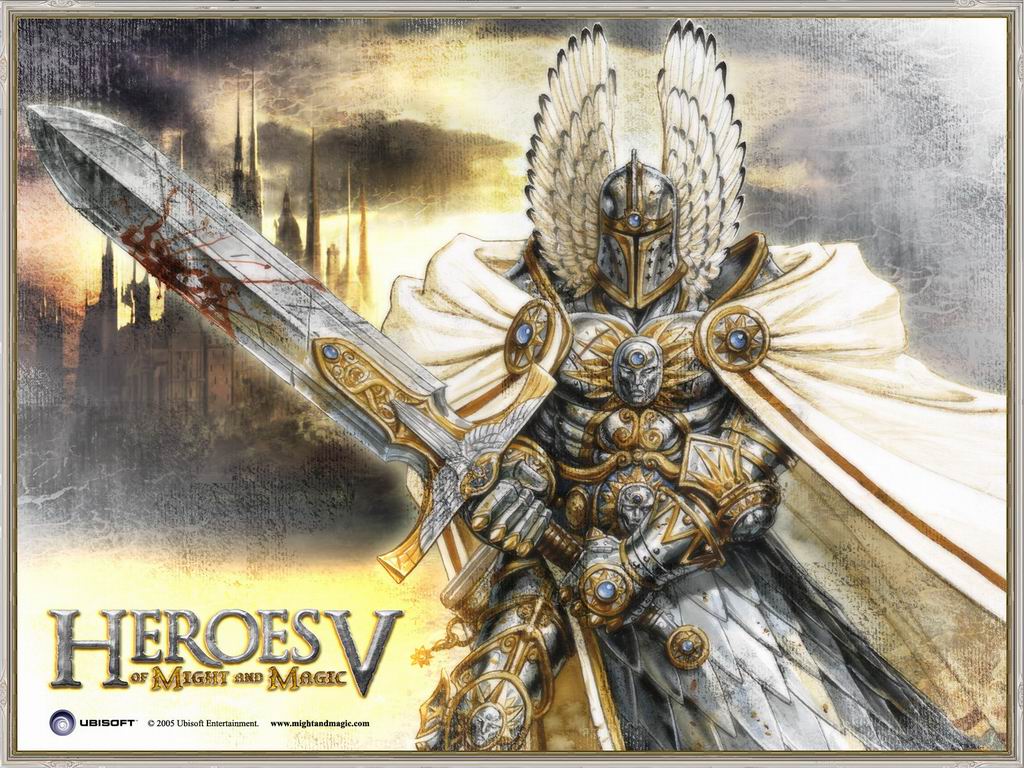It’s all in the Details: How Little Things make a game Better
There’s a saying that goes, “God is in the details.” There’s another that says “The Devil is in the details.” Theologically confusing? Yes, but it does tell us about how important details are. Details add color and richness to experiences that you can’t get if you’re just looking at the whole thing. Games are no different in this regard. Details keep you involved in a game’s story, it’s world, or its characters.
How do small details enrich a world? What are some good examples?
Mass Effect 3 is the epic end to a space opera that took our Commander Shepard from a special ops soldier to the hero of the Galaxy. You meet companions, fight enemies, and even find love along the way. In such a large series of games, one might assume that the little things would be left out.
After all, who the hell has time to figure out why the spaceships still make noise in space? Mass Effect 3's writers, that's who. In a scene with your dropship pilot, Steve Cortez, on the Citadel, Steve relates you to how he comes to the viewing port to relax. He has a line, “When I was alone, I'd turn off the auditory emulators and just watch them drift by silence.” The ships in Mass Effect 3 don't make pew-pew noises, you just thought they do because of the emulators!
The writers know that people expect to hear something when they see something on screen, even if real life physics would disagree. With one little line, the universe of Mass Effect becomes that much more concrete, unrealistic expectations of sounds in space and all. It's nice to know that not everything will change when we figure out how to punch holes in the fabric of reality.
Alone in the Dark (2008) is not a particularly well made game, small details or otherwise. The story is meandering, most of gameplay is dull and repetitive, and the numerous set pieces wear out their welcome quickly. Alone was not without it's good qualities, however. The fire in the game behaved so realistically that it was shocking at the time, and the melee combat was more visceral than anything most triple AAA games feature.
The moment it really shined for me, however, involves one of the most common tropes in gaming: a locked wooden door. In most games, you'd have to go find a key, or find some way around. Alone in the Dark threw me for a loop. When I swung my axe at the door, I busted a piece of the door right into the next room. I stared, totally shocked, for about 30 seconds. Then I gleefully hacked out a protagonist sized hole in the door and walked on through.
Most games will tell you you're a super powerful warrior or mage, but when you try to knock down a damn wooden door the whole lie the game built up around you falls apart. Alone in the Dark says, knock yourself out kid. Beat down that stupid door. Maybe even burn it? Shoot the lock out! Be a real person! Reality is funny in games; we want all the good parts without any of the bad parts. Alone in the Dark actually delivered what I would argue is a better version of game reality than most games. Bit of a shame the rest of the game had more technical issues than a giraffe trying to use a fax machine.
The Witcher 3 is full of things to amaze you, big and small. You can lose hours of your life to Gwent or just walking around the countryside. One of my favorite little details is one that many people might not have even found.
On one monster hunting quest you are sent to deal with a Leshen (a kind of forest spirit) that was aggravating a small village. Once you get there, you find the whole village slaughtered. On closer inspection you find a little girl alive, who says that a man with eyes like yours did this. Eventually you find the witcher Gaetan. He took the quest before you and killed the Leshen, but the villagers tried to stiff him on payment. Two of the villagers tried to kill him with a pitchfork when he argued. Enraged and wounded, he slaughtered the whole village. The whole tale is deep and winding, but the best part comes as you approach Gaetan. If you're wearing the School of the Cat witcher armor he will remark “Well well, what have we here? Feline armor, wolf's head medallion- a crossbreed?”
Witcher Schools are notoriously strict in their traditions, so it makes sense that he'd be more than a little amused with your copycat style. In fact, he's one of the few people who would actually know anything about different kinds of witcher gear. His one line makes you think differently about him and consider your options for completing this quest much more carefully. He's not some mindless brute, he has a sense of humor, and he appears to regret what he did. Any way you chose to end the quest, that one line made Gaetan a little more human.
Video games have gone from little pixels on the screen to massive, engaging, sprawling wonders of technology. No matter how long or massive games get, little details are what is going to engage people. Nobody is going to remember the 85th firefight in Halo: Combat Evolved, but they'll always remember Sarge's pep-talk in the first level. God's own anti-son-of-a-bitch machine indeed.


































































































































